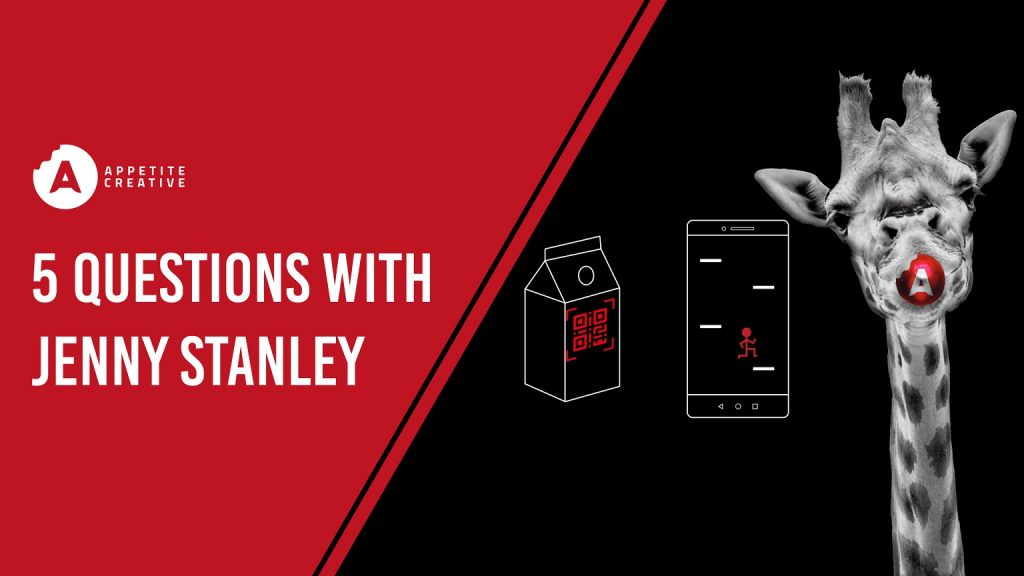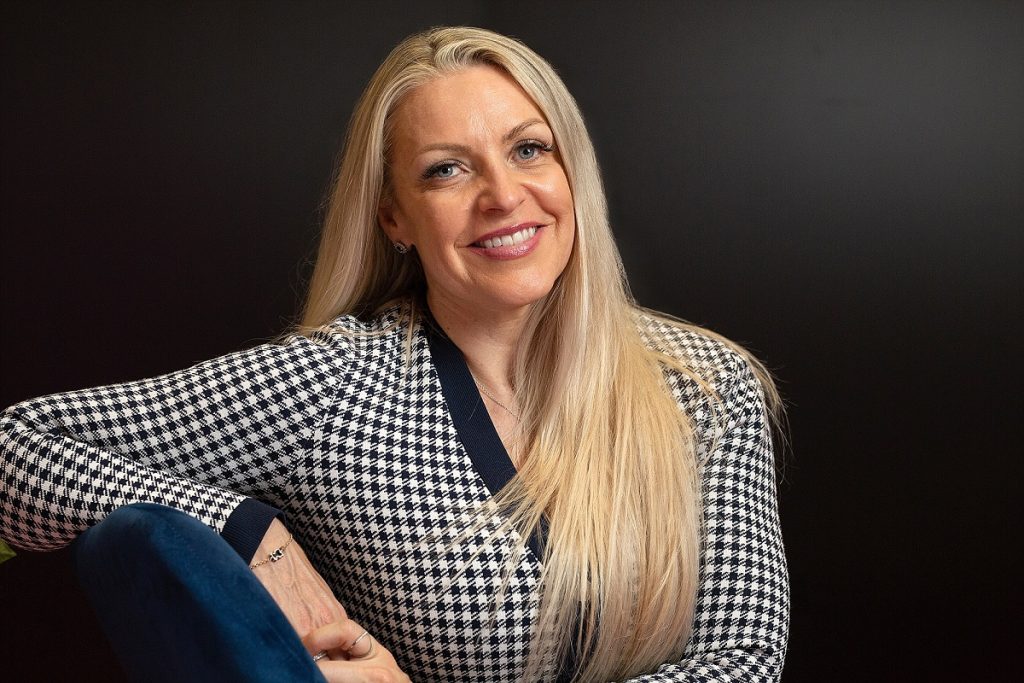April 2025
In regular Q&A sessions, Jenny Stanley, Managing Director at Appetite Creative explores the key challenges, trends and solutions facing experts from across the advertising and packaging industry. Asking five key questions per conversation, Jenny will look to learn more about her interviewee, their career, clients and give them a final word.

This interview is with Dominique Guinard, VP Innovation at Digimarc.
1: Name one big achievement from your career? What are you most proud about achieving?
One of the biggest achievements in my career so far has been my work on the GS1 Digital Link standard. Turning GS1 identities into web identities was an idea we originally pitched to GS1 in 2010 while I was a researcher at ETH Zurich, and later, in collaboration with Prof. Sanjay Sarma at the MIT Auto-ID Labs. In 2011, we founded EVRYTHNG (now part of Digimarc) on these principles.
After enabling billions of products to have a web identity, Niall Murphy and I reintroduced the idea to GS1—this time, it gained traction, and I was asked to co-chair the GS1 Digital Link working group.
Today, this standard is at the heart of a small but mighty revolution driving the adoption of next-generation barcodes (2D / QR codes) on consumer products. Increasing consumer demand for accurate product information and authentication, along with new regulations like the EU Digital Product Passport, are accelerating adoption.
With the Sunrise 2027 initiative, the industry is now preparing for the transition to next-generation barcodes at Point of Sale (PoS). Developing a standard is a long process filled with sweat and tears, but seeing it adopted at mass scale is both exciting and deeply rewarding.
2: What are the questions you are most often asked by clients?
The most common question I hear is: “What’s the difference between the QR code I already have on my packaging and this next-generation barcode?”
The short answer: not much in terms of the physical data carrier itself—both are 2D barcodes. However, the real power lies in the payload. A GS1 Digital Link QR code is not just a simple link to your webpage — it’s a structured web address that uniquely represents a product. This makes it a powerful multi-use tool, supporting everything from: direct-to-consumer marketing, product authentication (especially when combined with other carriers like watermarks or encoded in secure NFC tags), regulatory compliance (e.g., DPP), faster and more reliable scans at Point of Sale (PoS).
In short, a GS1 Digital Link acts as a digital identity that follows the product throughout its lifecycle, unlocking many new opportunities.
3: What are the biggest challenges your clients are facing today?
Implementing a successful connected packaging strategy for consumer products is no small feat. Unlike a one-off campaign, it requires a platform approach and the involvement of multiple stakeholders across the company. For success, teams from marketing, product development, regulatory affairs, supply chain operations, and IT must align on a clear strategy.
There are also technical challenges. Deploying new data carriers, especially variable ones (e.g., serialized or batch-level identifiers), often requires adjusting printing technologies. However, this is becoming less of a hurdle as more printing providers are stepping in with proven solutions. A great example is the apparel industry, which has been an early adopter of serialization. Brands like Ralph Lauren and Patagonia have already implemented this approach at scale, paving the way for others.
4: What one improvement or change would you like to see the wider industry (advertising, packaging etc) to make in the next 12 months that will have a positive impact on the wider industry ecosystem?
The next-generation barcode and, more broadly, connected packaging have the potential to fundamentally change how brands think about their products. This shift should drive greater transparency – helping consumers better understand what they buy, its impact on them, and its impact on the planet. More importantly, it opens the door for new business models where short product lifecycles give way to longer, more sustainable product journeys.
Brands can move beyond traditional single-use products by embracing repair, reuse, and resale, upcycling and recycling (e.g., our work on the large-scale Holy Grail 2.0 recycling project). My hope is that brands recognize this shift and seize the opportunity – not just as a way to comply with regulations, but as a chance to create real value for their business and consumers.
5: What’s the legacy you’d like to leave the industry?
I want to help the industry create more meaningful and impactful experiences with products – focusing on reducing fraud, reducing environmental footprint, increasing transparency, and maximizing value.
A key part of this mission is ensuring interoperability – both in terms of the carriers used on connected packaging and the data attached to these products. This is where I believe I can make the biggest difference: Helping brands and the industry build an ecosystem where products are not just sold, but intelligently connected to create long-term value.
Source: Appetite Creative



You must be logged in to post a comment Login